
![Carol M. Highsmith [Public domain], via Wikimedia Commons](https://www.motleymoose.com/wp-content/uploads/2018/03/Sculpture_dedicated_to_the_Foot_Soldiers_of_the_Birmingham_Civil_Rights_Movement._Kelly_Ingram_Park_Birmingham_Alabama_LCCN2010636.jpg)
The Movement had learned from their failure in Albany. They recognized there had been a serious lack of preparation then, so this time, training and planning were extensive and detailed. The goal was to target downtown department stores and their segregated lunch counters; to push retailers to hire black salespeople; and to create a board which would, in the future, act as a mediator of racial grievances. The hope was that thousands of protesters would be arrested each day, filling the Birmingham jails, while also drawing the attention of the national media, particularly the television networks. However, the Birmingham protests started slowly; years of abuse at the hands of the white power structure had created a wary, cautious local population (even a great many white residents lived in fear of Bull Connor), and much of the local black clergy were very conservative in both their theology and their openness to direct action. Store owners, while refusing to serve black customers at lunch counters, also limited to amount of abuse they were subjected to by white patrons. Arrests were made, but after eight days of protests, only 150 protesters were in jail. Even though Dr. King had been arrested (his April 16, 1963 Letter from a Birmingham Jail was written during this period), the protests were not gaining the momentum needed to draw national attention or engage the Kennedy Administration. Dr. King made a critical decision; he called for James Bevel, a full-time SCLC employee, to leave the Mississippi Delta and come to Birmingham.
Bevel was a brilliant strategist; a veteran of the Nashville sit-ins; fearlessly committed to the Movement; and a prickly, forceful, dogmatic, unstable personality (his last years of life require a TW [sexual abuse]). He analyzed the situation in Birmingham and determined that the only way for the campaign to work was to make it a children’s crusade. He had already tested his theory about engaging the youth two years earlier in Jackson, MS. His experience was that approaching high school students enabled organizers to incorporate pre-existing, strong communities, and in the segregated South, students, unlike adults, were partially free because of their relative invisibility. At the same time, students were fully-aware of the injustices of racism and segregation, whether having experienced it directly or seeing adults deal with it on a daily basis. This proposal was met with resistance within the SCLC, including reservations expressed by Dr. King. Some of the objections included:
What should be the minimum age for a demonstrator? Traditionalist said college-age; Bevel said limiting the age was akin to limiting the right of black children to protest segregation.
![Carol M. Highsmith [Public domain], via Wikimedia Commons](https://www.motleymoose.com/wp-content/uploads/2018/03/Kelly_Ingram_Park_Birmingham_Alabama_LCCN2010636982.tif.jpg)
Parents and the church had a responsibility to shield and protect children from racism; Bevel said it was time to stop the custom of shielding children from something for which, in fact, there was no shield.
Exposing children to the violence of Bull Connor was morally reprehensible.
Bevel, a Baptist pastor like King, argued that the church allowed children as young as five or six to belong to the church and to profess their faith in Christ; they were either old enough to live that faith, or the church was wrong, and they were too young to choose Christ.
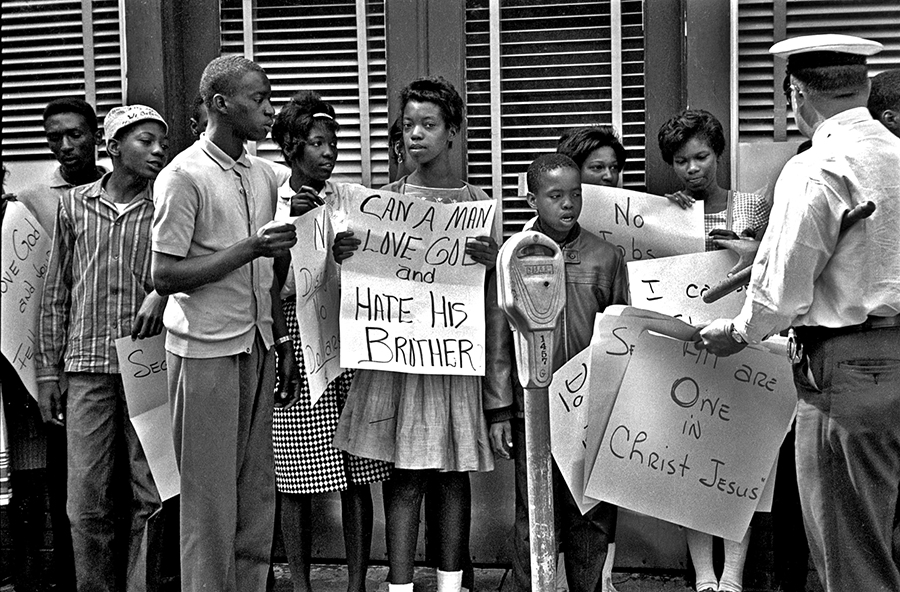
Eventually, Bevel received the [reluctant] go-ahead to organize students for purposes of holding a “rally” on May 2, 1963. Informational “summit meetings” were held at churches near schools, and as student interest became apparent, student leaders and athletic stars were enlisted to be recruiters. Students received training about the importance of non-violence and told what to expect if they decided to march. They were warned that not only could they face police violence and jail time, they could be suspended from school and might have to defy their parents’ wishes if they marched. As the plans for the march solidified, parents and school administrators spoke out against the action (calling it a school boycott); on the morning of May 2, the Central Committee of the SCLC asked Dr. King to cancel the march. And yet the children marched.
Thursday, May 2, 1963, students across Birmingham left their classes and joined up at Sixteenth Street Baptist Church, AME Zion Church, and the Apostolic Overcoming Holiness Church of God. They left the churches in groups of up to 50 and headed towards either city hall or the downtown shopping district. They were arrested for parading without a permit; 1000 students had signed up to march, and 600 arrests were made that day (over the course of the action, an estimated 10,000 were arrested). So many students were arrested that school buses had to be brought in to transport them to jail; as the action continued, an outdoor jail was set up at the state fairgrounds. Because the police had shown what was an amazing amount of restraint for Birmingham, Dr. King supported the continuation of the protests, but the restraint had been temporary. The next day, Bull Connor ordered the use of high-pressure firehoses and attack dogs against the marchers as they exited the church. It was pattern that was to continue for days, and as adults joined (some throwing rocks to try to protect the children), the hoses and dogs were used against them too.
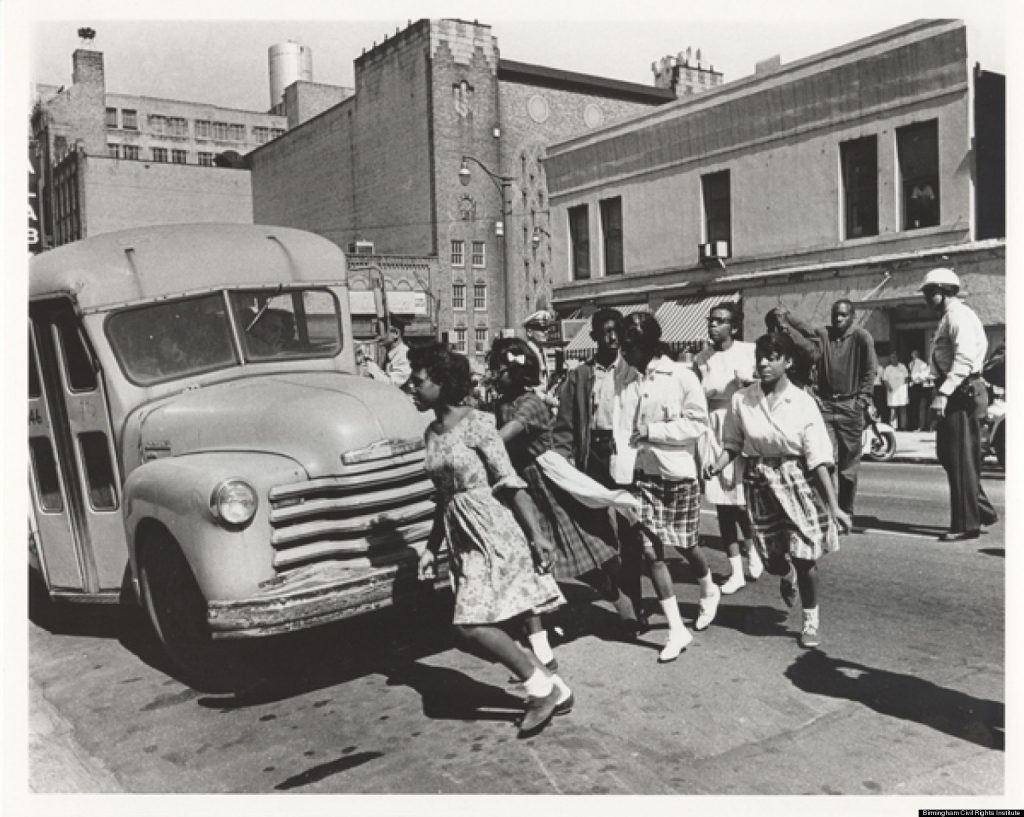
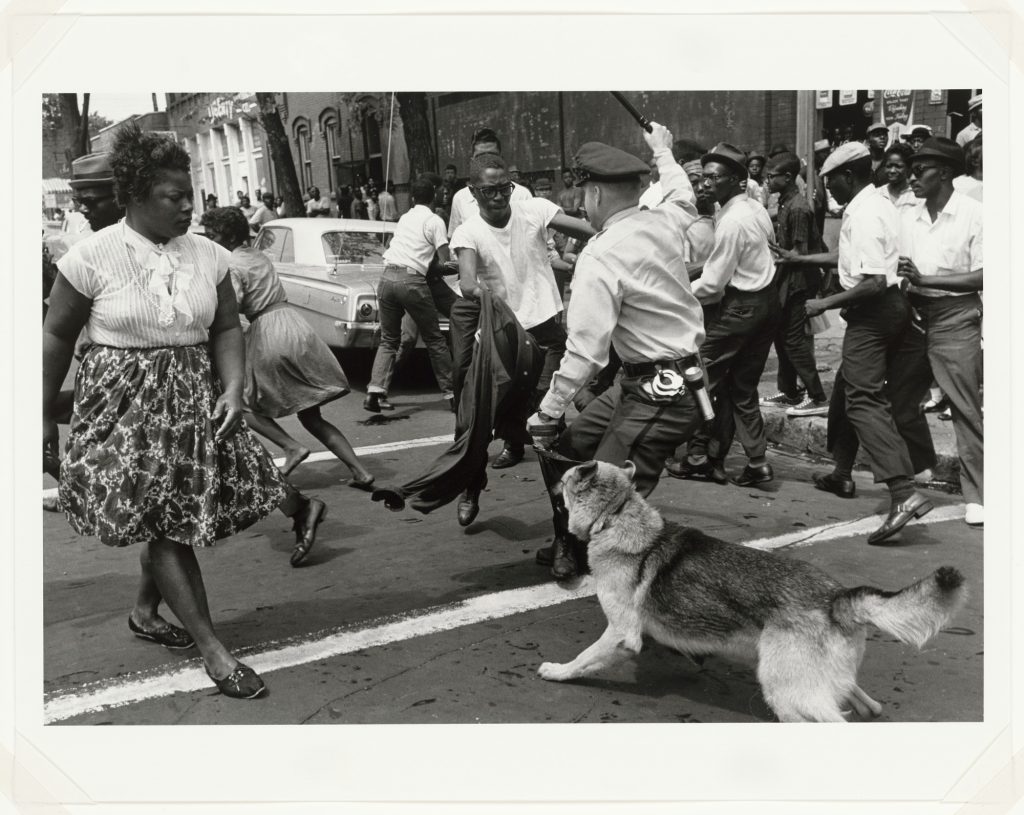
1963
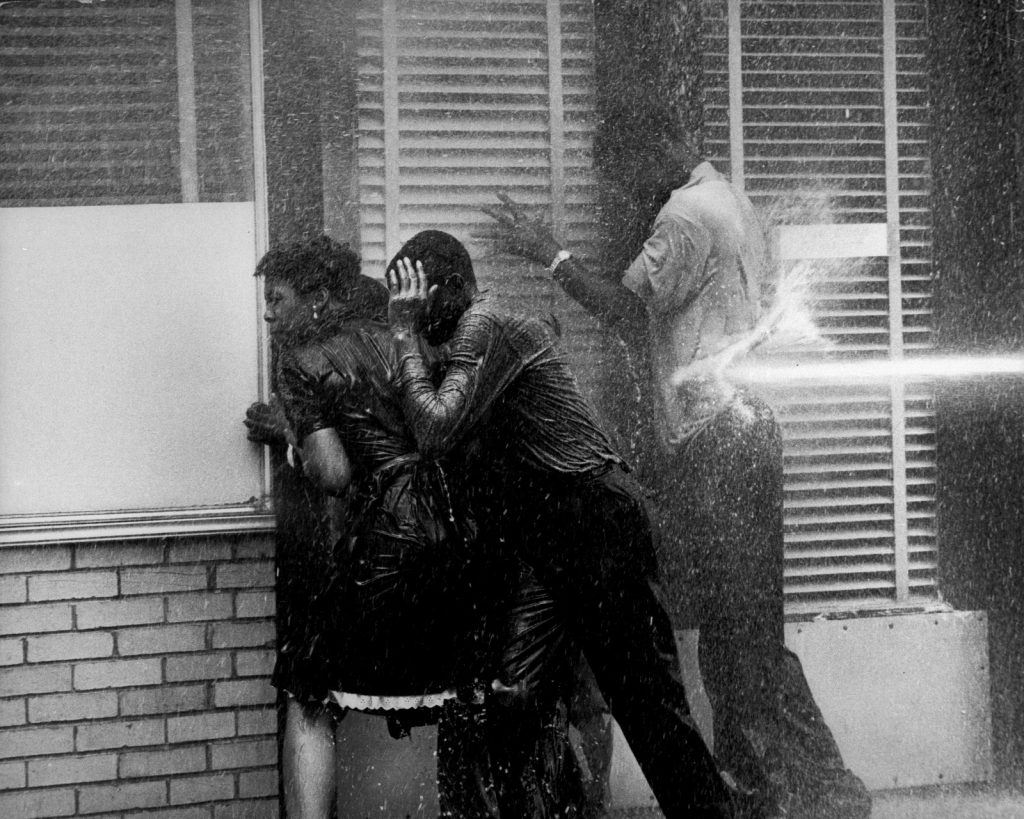
By May 10th, the images from Birmingham were being seen everywhere; on television, in newspapers, and in magazines. The pictures even caught international attention, and some sources speculate that it was this national embarrassment on the international stage that prompted Kennedy to move quickly to resolve the situation. He wanted the demonstrations ended and sent an assistant AG to negotiate with the SCLC coalition. Although the terms of the Birmingham Manifesto were clear, particularly on the issue of immediate desegregation, the coalition did finally agree to end the demonstrations, while Birmingham businesses and government were granted a small delay to implement integration. Also on May 10th, Bull Connor was fired, and on June 11th, Kennedy announced his intention to introduce civil rights legislation.
An exceptionally well-written article taking about something that I’ve been thinking about a lot the last few days- the Birmingham Children’s Crusade. https://t.co/NGCO6LMfKw
— Kevin M. Cline (@TheKevinMCline) March 16, 2018

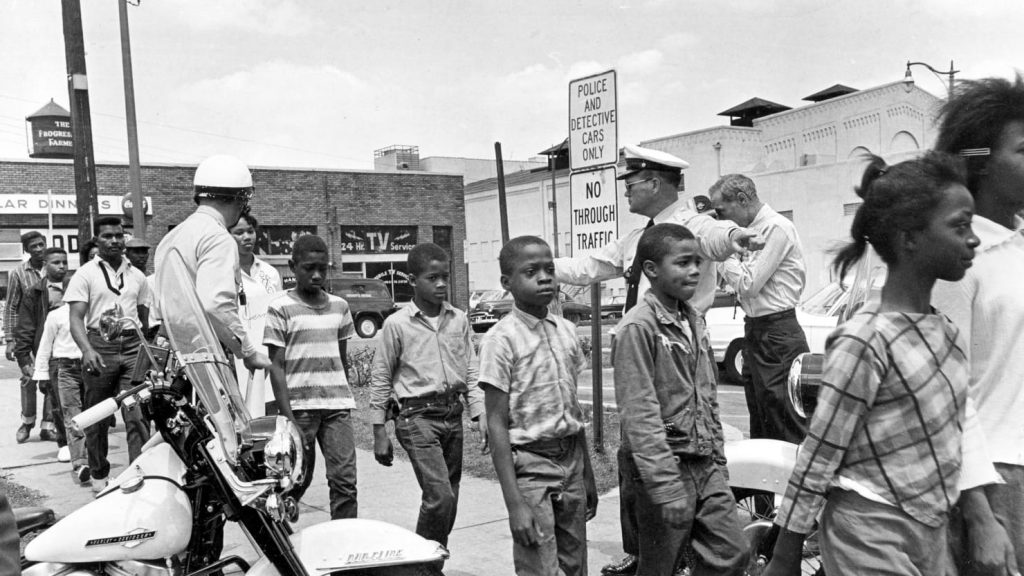

Thank you for this excellent and timely post!
Thank you, Jan. It’s not my intention to draw direct parallels between the Birmingham kids and the Parkland kids; the Parkland kids are, to a large extent, protected by a privilege that the B’ham kids could only dream of. What I do find interesting is the commonality of some of the objections to the involvement of the children. Bevel’s justifications were pure Bevel, and unique to the situation, but they do provide a framework for addressing those adults who are slagging the Parkland students. I don’t engage in tweet wars, but I have found a certain amount of hesitation amongst my nice moderate white friends. Having a way to frame my counter-arguments has been helpful.
History doesn’t repeat itself, but there are always similar patterns. Which is why we should study the past – so we can recognize the patterns. There are some direct parallels, there are of course some great differences. The Parkland kids know they are privileged by color and family income level. The Parkland kids are also reaching out to kids of color and bringing them out of the shadows – the “movement” will be a rainbow this time. Really rainbow when you count Emma Gonzales being a rainbow all by herself – Cuban/Hispanic last name, female, and bi. Right person at the right time with the right background to spearhead this. She can bring in the rest where another person could not. Her classmates recognized it and support her even as they do their own parts – and she supports them. The synergy is there. I have no idea how much progress we’ll make this time, but we’re gonna make some.
{{{DoReMI}}} – very timely post. And very much shows that while we must train the kids for how to non-violently deal with potential violence and we must guard their backs and flanks as best we can, the kids not only must be involved – the kids need to lead. It’s their passion for their future that resonates. In 1963 and in 2018 – the kids lead our nation to a better future. As long as we do the “staff work” the progress they lead us to will be real and long lasting. moar {{{HUGS}}}
It always seems to come back to the training, doesn’t it? History books aren’t written to teach us how to be organizers or activists (if anything, it’s the complete opposite), so we don’t often learn these lessons unless we look for them. So much of the Movement has been mythologized and sanitized for the white audience that we assume the actions were some sort of spontaneous outburst of righteousness. In fact, there were often months of training and strategy sessions, with very real divisions about the best course of action. But more often than not, the divisions were temporarily set aside in order to achieve the overall goals.
I was reminded of this last night when I attended a meeting of friends who wanted to talk about the election in MI-10. We all met during the ’08 Obama campaign, where the training and support were exemplary. Sadly, the meeting last night was a clusterf***; too many of the lessons had been forgotten, and there was a lot of “me, me, me” rather than focusing on the candidate. (It should come as no surprise that most of these friends were avid Berniacs, who did not join the HRC campaign in any way although they voted for her.) When basket started DMing me, I used that as my excuse to leave the long, meandering, mission-less meeting; I won’t be going back.
It does. A movement is trained. Mobs and riots are not. The former will ultimately prevail. The latter is but of a moment – when the moment passes the dead are mourned, the broken try to heal – usually with little or no help – and things go on the way they were. Or worse. The mob/riot can be/usually is used as an excuse to make things worse.
berners are only friends to each other – and only that as long as they have a common target (us). The Dem party groups that have been taken over by them are going to have to regroup without them to get our candidates elected. I’m glad basket texting you got you out of the meeting. I hope we hear something back from Avilyn soon (she kosmailed MBNYC). Waiting after you’ve done something to see if it works is bad enough. Waiting for information and plans to do something in the first place is worse. Meanwhile, do you have contact info for the folks in your Dem party who were solid Hillary? If so see about getting together and basically circumventing the berniacs. moar {{{HUGS}}}
Good morning, Meese and thanks, DoReMi, for a great historical look back as we prepare for our children to march this Saturday. I remember seeing this on our local news channel and being shocked and disgusted at their treatment by the police. It is a parallel in some ways; threats of suspension if they walk out of class and also the promise of success. Not one, but many children will lead us.
I don’t remember any of this firsthand, but between my parents very strict limits on TV time, the fact that I was recovering from a health condition that spring, and my age (5), that doesn’t surprise me. I have seen a number of the photos since, but the one with the woman glaring at the dog was a new one. I love that picture. These days, the mantra is often “listen to the black women;” that picture could easily be an internet meme.
Amazing, and powerful. Paste my comments from DK here and add extra measure for the many thousands of “words” the pictures you chose add in punching the story straight into the viewer’s heart.
Editor’s choice indeed. You should be writing professionally if you aren’t. Maybe a political history blog of your own…
So very well done.
One of these days I’ll take the time to figure out the mysteries of DK and posting pictures. I’m sure it’s a simple formatting thing that I just haven’t figured out/mastered, but while I have the patience for many things, learning the ins-and-outs of DK isn’t one of them.
Morning meese…Thanks Sher…Another wonderful thread this morning…I typed a long comment and posted it only to find out I wasn’t signed in and it got erased…Figures…
Terrible that after what happened then that bigoted assholes are still living in this country. It’s even more terrible that there is a political party that is pushing the bigoted agenda. Must be a lack of something in their upbringing to be so divisive and cruel.
Sadly, more like part and parcel of their upbringing. I watched a video on twitter yesterday about a mom gleefully vandalizing a mosque…with her kids in tow. They were parroting her words about Muslims being Satanists and worshippers of the anti-Christ, and those were the nicest things she and they said. It was absolutely sickening.
Yes. There’s a reason why R & H wrote “You Have To Be Carefully Taught” for South Pacific – and a reason why the show was panned and banned in the South over that song. While some folks are more open to hate than others, most are not thank goddess. But the real difference is in “acceptable” behavior, which is taught. Hateful behavior is taught. Supportive behavior is taught. Those who reject hate but were taught it, reteach themselves when they figure it out. Which they do once they see that it is not only not the only choice, it’s an evil choice.
Nice post! Thanks.
Thanks, Reese! I’m embarrassed by how much of this, beyond broad, general outlines, is new to me, but I’m trying my best to turn my ignorance into an overall positive for me and anyone who has the time to read my posts.